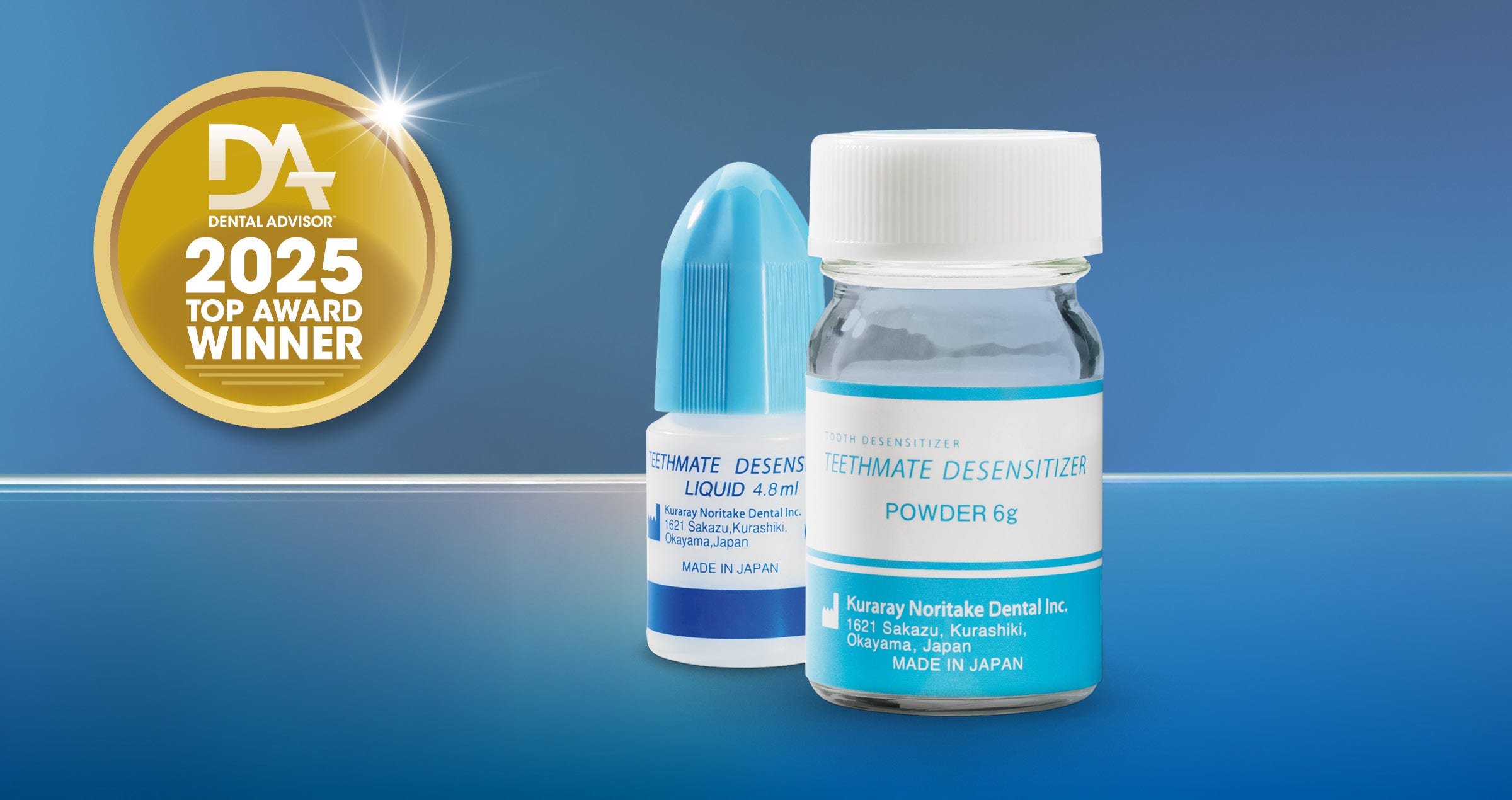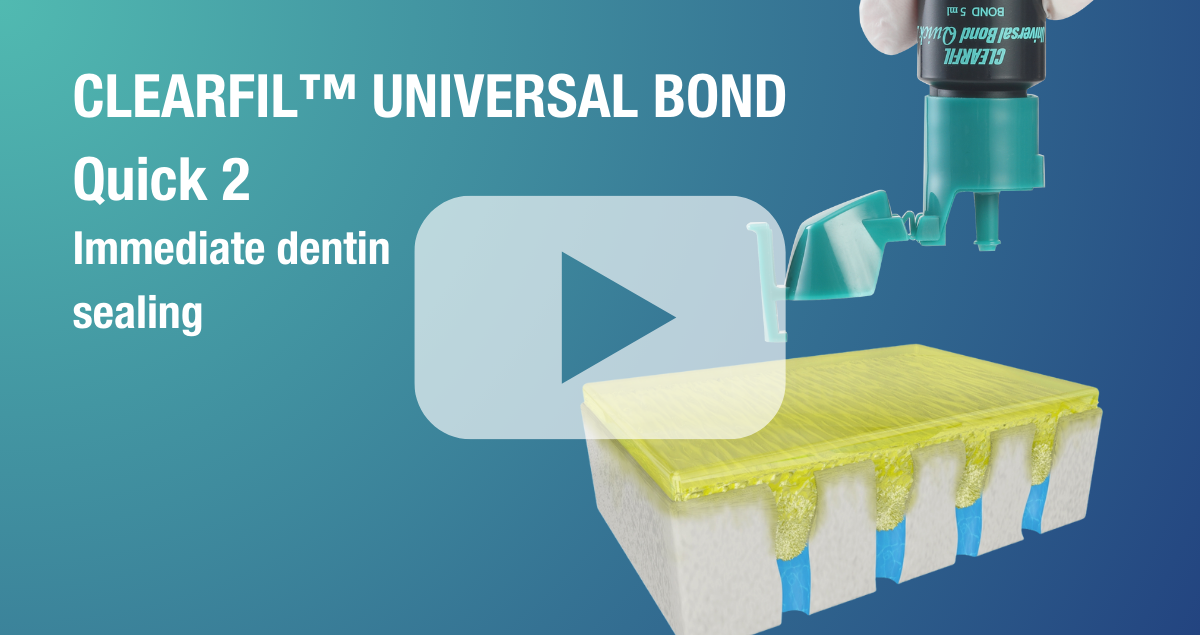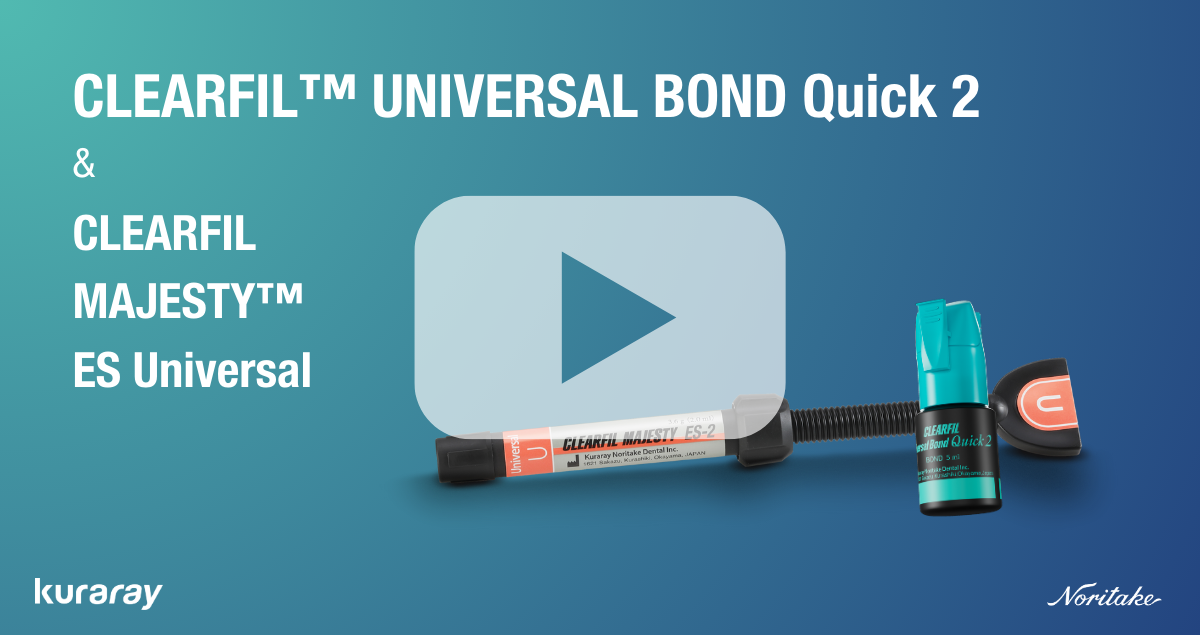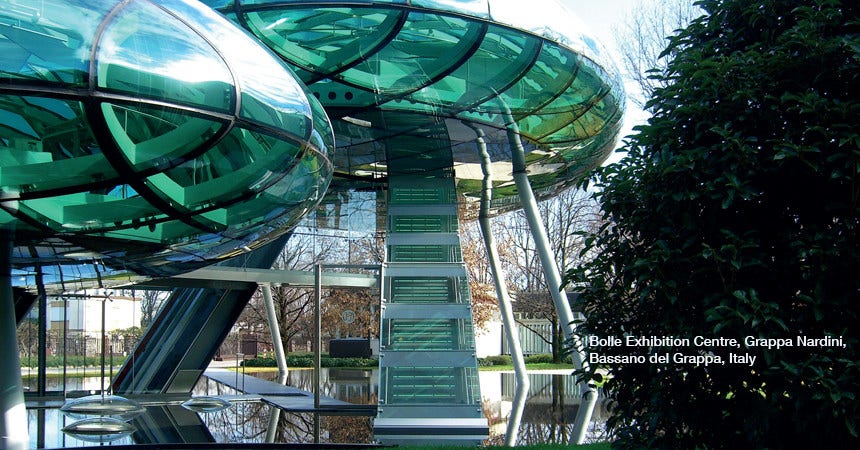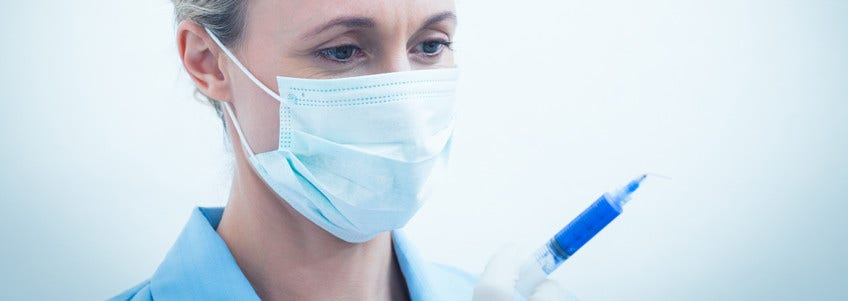Adhesive cementation of KATANA Zirconia
A clinical case created by Dr. Shoji Kato of Takanawa Dental Office, Japan
PRODUCTS USED IN THIS CLINICAL CASE
KATANA™ Zirconia Multi-Layered Series
Our KATANA™ Zirconia series brings naturalness to all
prosthetics. Make natural veneers and natural full contour
prosthetics out of zirconia. Plus large dentin-like frameworks.
KATANA™ Zirconia UTML is a high translucent disc, which meets
the requirements of highest translucency level for anterior crowns
and veneers. All layers are highly translucent, whereby the color
saturation is reduced in the incisal area. The transparency of the
natural enamel is copied and the abutment shade is absorbed.
KATANA™ Zirconia STML is a multi-layered zirconia disc
where light is transmitted in the incisal area and blocked in
the cervical area. Due to its color and translucency gradient,
more opacity in the cervical area and more translucency in the
incisal area are achieved.
KATANA™ Zirconia ML, the pioneer of zirconia with a
natural color gradient, is made for large dentinal frameworks.
Its natural opacity makes it the ideal base to cover it with
hand-made ceramics.
PANAVIA™ V5
One Cement. All cement indications. One prime procedure.
Start with priming the tooth using PANAVIA™ V5 Tooth
Primer. Then prime and roughen the prosthetic using
CLEARFIL™ CERAMIC PRIMER PLUS and apply the pre-mixed
cement. PANAVIA™ V5 comes in five aesthetic shades and
the original MDP assures a durable bond. On the tooth and
the prosthetic.
CLEARFIL™ CERAMIC PRIMER PLUS
The universal prosthetic primer for almost all prosthetic surfaces.
It durably bond to ceramics (lithium disilicate, zirconia), hybrid
ceramics, composite resins and metals. The original MDP monomer
bonds to metals and metal-oxides such as zirconia. Silane coupling
agent γ MPS guarantees a strong adhesion to composites, glassceramics
and hybrid ceramics. This perfect mixture of ingredients
will give you long lasting adhesion to virtually all dental materials.


